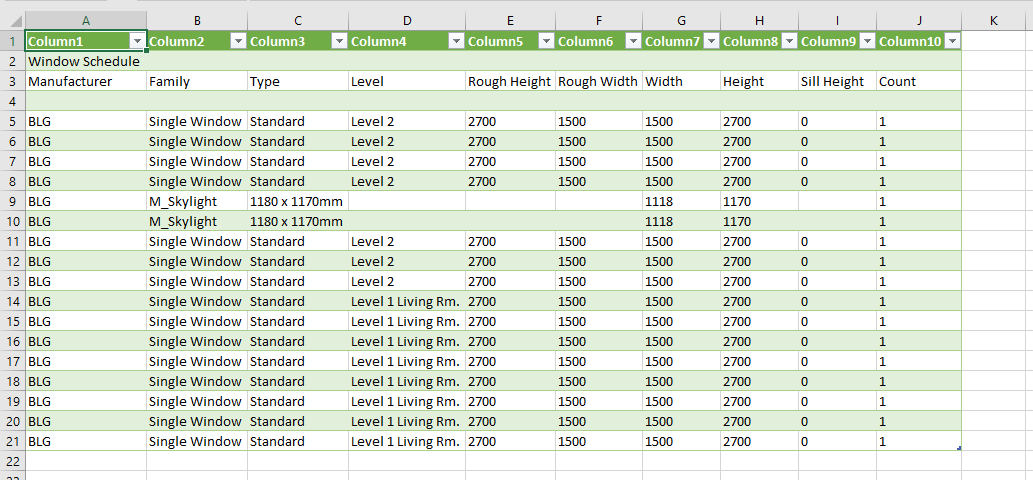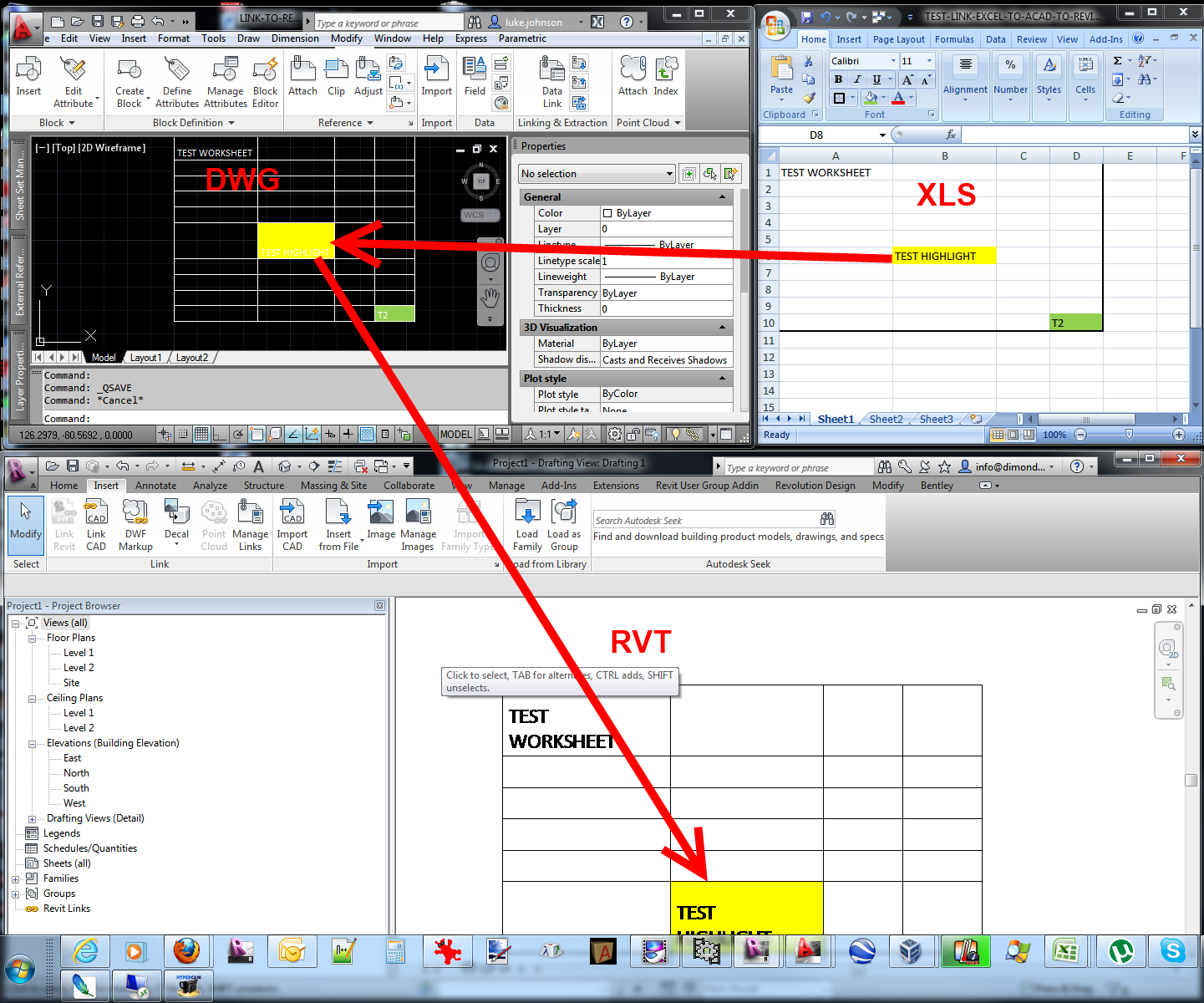Revit Add Ins: Supercharge Your Style and Modeling
Wiki Article
Excel Empowerment: Supercharge Your Revit Projects With Seamless Data Import
With seamless data import, Excel empowerment can be the key to unlocking your project's complete possibility. Imagine simplifying the import procedure and making the most of performance through smooth data assimilation. In this article, we will certainly share suggestions and tricks for utilizing Excel in your Revit tasks.The Power of Excel in Revit Projects
You can supercharge your Revit projects by utilizing the power of Excel for seamless information import. Excel is a versatile device that can greatly boost your operations and performance in Revit (revit tools). With Excel, you can conveniently import and handle large amounts of data, saving you effort and timeAmong the key advantages of using Excel in Revit is its capacity to take care of complicated calculations and formulas. You can utilize Excel to perform estimations on your information, such as generating quantities, determining costs, or evaluating performance. This can be specifically valuable when collaborating with large jobs that require extensive calculations.

Furthermore, Excel provides a easy to use and familiar user interface for collaborating with data. You can arrange and adjust your data in a spreadsheet style, making it simple to watch and modify. When collaborating with others or when you require to make fast adjustments to your task information., this can be particularly useful.
Moreover, Excel enables you to easily import and export data in between Revit and various other software application applications. You can import information from exterior resources right into Revit, such as material specifications or devices routines, and export information from Revit to Excel for additional analysis or reporting.
Streamlining Data Import With Excel in Revit
When using Excel as a device,Improving information import in Revit ends up being simpler. With Excel, you have the power to flawlessly import and manage huge quantities of information in your Revit jobs. By using the acquainted user interface and capability of Excel, you can conserve time and boost effectiveness in your operations.Among the vital advantages of making use of Excel for information import in Revit is the ability to conveniently arrange and control data prior to importing it right into your task. With Excel's powerful attributes, such as sorting, filtering system, and solutions, you can rapidly tidy up and layout your data to meet the demands of your Revit job.
Additionally, Excel permits you to import data from different sources, such as databases, spread sheets, or perhaps online applications. This flexibility offers you the liberty to collect data from various systems and settle it into one central location for simple gain access to and monitoring.
Furthermore, Excel supplies the choice to develop custom-made design templates for data import in Revit. By developing templates tailored to your project's specific needs, you can guarantee consistency and accuracy in your information import procedure.
Total, using Excel as a tool for information import in Revit simplifies the process and enhances your performance. Why not take advantage of this effective tool and supercharge your Revit projects with seamless information import making use of Excel?
Making The Most Of Performance With Seamless Information Assimilation
Make best use of performance by flawlessly incorporating and handling information in your process. Gone are the days of by hand inputting data into your system, losing priceless time and resources. With smooth data assimilation, you can improve your procedures and supercharge your efficiency.
When you have a seamless combination system in place,Managing data ends up being a breeze. You can easily arrange and classify your data, making it less complicated to obtain and assess. Say goodbye to the days of undergoing limitless spread sheets for that one piece of info you require.

Excel Idea for Revit Projects
With these tips and methods, you'll be able to effectively manage your Revit tasks using Excel. Among the very first points you can do is to use Excel's effective sorting and filtering system features. This will certainly enable you to promptly organize and evaluate your project data. You can sort components by their names or filter them based on specific requirements, such as their standing or place. One more valuable function is the ability to create formulas in Excel. You can make use of solutions to calculate quantities, do complicated estimations, and also automate specific tasks. This can conserve you a whole lot of time and initiative in your Revit jobs. Furthermore, you can utilize Excel to create customized themes for information import and export. In this manner, you can make certain uniformity and accuracy when moving data in between Revit and Excel. Finally, do not try this web-site neglect concerning Excel's conditional formatting function. You can use this to highlight particular aspects or values based upon particular problems. This can aid you quickly determine and address any kind of problems or anomalies in your task data. Overall, mastering these Excel ideas and techniques will substantially boost your capability to manage and control information in your Revit projects.Utilizing the Excel-Revit Connection for Success
To take advantage of your Excel-Revit connection, take advantage of the ability to effortlessly transfer and integrate task info. By harnessing this effective connection, you can supercharge your Revit click over here jobs and simplify your operations. With just a few straightforward actions, you can import information from Excel directly right into Revit, conserving you time and making sure precision.One of the crucial advantages of the Excel-Revit link is the capacity to move data effortlessly. Whether you are importing schedules, space data, or also geometry information, Excel offers an user-friendly interface that allows you to organize and adjust your data before importing it into Revit. This suggests you can quickly upgrade and customize your job information in Excel, and with a few clicks, transfer those modifications straight into your Revit version.
Along with moving information, the Excel-Revit link additionally permits synchronization. This indicates that any type of changes made in Excel can be instantly upgraded in Revit, making sure that your task info is constantly as much as day. This synchronization feature is especially useful when dealing with big and complicated tasks, as it gets rid of the demand for hand-operated information access and minimizes the danger of mistakes.
Conclusion
So there you have it - the power of Master Revit projects can not be underestimated. By streamlining information import and optimizing performance via seamless data assimilation, you can supercharge your tasks and accomplish success. With the Excel-Revit link, you have the devices to take your projects to More Help the following level and attain amazing results. So don't wait any kind of longer, start using the power of Excel in your Revit jobs today and unlock a globe of opportunities.You can supercharge your Revit tasks by taking advantage of the power of Excel for seamless data import. With Excel, you have the power to effortlessly import and handle big quantities of data in your Revit jobs (revit tools). Overall, understanding these Excel tricks and suggestions will significantly enhance your capacity to manage and adjust data in your Revit jobs
Whether you are importing routines, room data, or even geometry information, Excel supplies a straightforward interface that allows you to organize and adjust your information prior to importing it right into Revit. By simplifying data import and maximizing performance through smooth information integration, you can supercharge your projects and attain success.
Report this wiki page